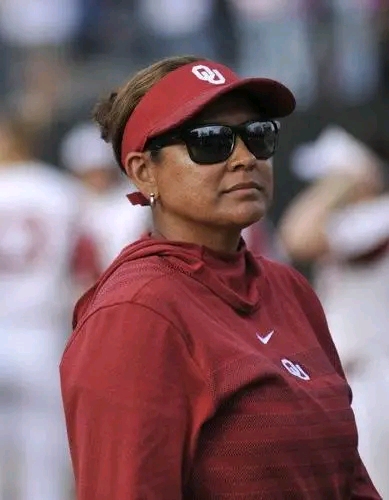
The Ohio State football program, a cornerstone of college athletics and a perennial powerhouse, is facing a wave of financial uncertainty that could impact its future competitiveness and operations. Long considered one of the most stable and lucrative brands in collegiate sports, Ohio State is now grappling with funding issues brought on by a combination of rising expenses, shifting revenue streams, and broader economic pressures.
Sources within the athletic department indicate that escalating costs, particularly in areas like player development, facilities maintenance, and staff salaries, have outpaced revenue growth in recent years. Despite strong ticket sales, robust merchandise numbers, and lucrative television contracts, Ohio State is feeling the squeeze as inflation and market forces drive operating budgets higher than anticipated.
Compounding the problem is the evolving landscape of college athletics. The advent of NIL (Name, Image, and Likeness) opportunities, while beneficial for athletes, has introduced new financial dynamics for programs to navigate. Ohio State has been proactive in creating avenues for players to benefit from their personal brands, but maintaining competitive NIL collectives and support structures requires significant resources that aren’t always covered by traditional funding models.
Additionally, changes in donor behavior have played a role. Several long-time boosters, while still supportive, have reportedly scaled back contributions, citing economic concerns or dissatisfaction with aspects of the current collegiate model. A few prominent contributors have redirected their support towards specific NIL initiatives rather than the broader athletic fund, leading to shortfalls in other operational areas.
While Ohio State’s football program remains among the nation’s elite, insiders warn that continued financial strain could eventually affect the team’s ability to recruit top talent, maintain best-in-class facilities, and sustain a deep, experienced coaching staff. In the highly competitive world of college football, even small financial disadvantages can have a ripple effect that leads to diminished on-field success over time.
University officials are actively exploring solutions. Efforts include restructured fundraising campaigns, greater emphasis on digital engagement with alumni and fans, and a reassessment of spending priorities within the athletic department. There is also talk of pursuing new media rights agreements and sponsorship deals to bridge the financial gap, though such initiatives take time to materialize.
In the meantime, the pressure is mounting. Fans accustomed to seeing Ohio State dominate both on and off the field may not immediately notice the financial challenges brewing behind the scenes, but those within the program know that urgent action is needed to secure the long-term health of one of college football’s most iconic institutions.
Without strategic adjustments and renewed financial support, Ohio State’s dominance — a source of pride for generations of Buckeyes — could be at risk in the coming years.
Would you also like a slightly different version, maybe one that’s even longer, more detailed, or a little more “newspaper-style”?




